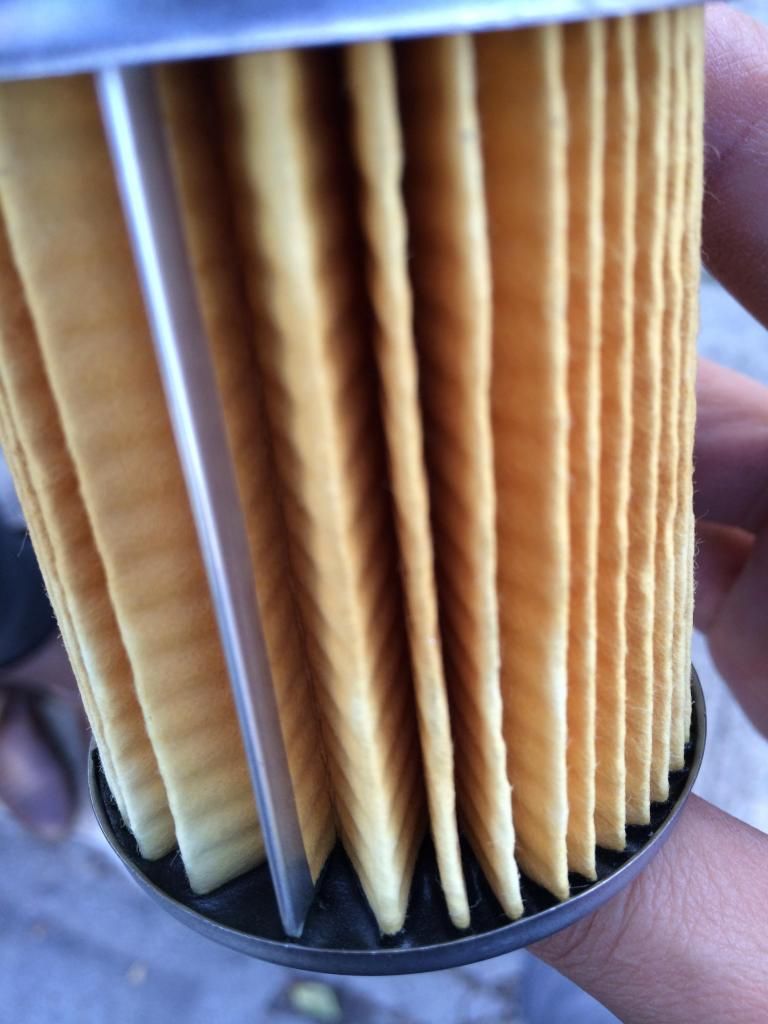Some pretty good observations. Yes, that "V" pleat itself indeed will have to handle a larger portion of flow, and, a greater overall pressure load (pressure load net effect is radially inward, toward the center tube).
As to double vs single wall. What you are missing is that, the walls support each other against the pressure, when they are "flat" folded against each other. They basically cant deflect from pressure, in a tangential direction (perpendicular to radial direction). The "V" configuration allows the individual plies of paper to experience substantial tension from fluid pressure (kinda like lifting a dumbbell with a piece of tape). Also note, the net pressure load (unbalanced by opposing pleat pressure load) is inward, as mentioned above.
Now keep that in mind, and realize there is far less "line length" of media per unit area projected onto the center tube. That is, normally there are say 3 pleats, 6 sheets, of media when densely packed, now there is 1 pleat, 2 sheets. You just cut your strength by a factor of 3. In shear, primarily. You also take away the "beam-like" character of the pleat arrangement - the media will experience more tension from bending forces.
Another way to think of this is, what happens when the "V" spreads out to be almost flat. Now, the media is purely in tension, against potentially many pounds of pressure force. If youve ever tried to pull on a taught strung wire/rope/string, perpendicular to its direction, you might have realized that a small load in that direction can generate a huge tension in the rope direction. In this analogy, the plies of media, are like the rope.
You are right to point out the stress concentration near the glue. That will be a point of maximum bending stress, and also represents a relative material and stress discontinuity, which largely explains why it is the typical point of failure.
Not the cleanest explanation, but hopefully you get the basics of why this defective construction is leading to media tearing (FAILURE).

